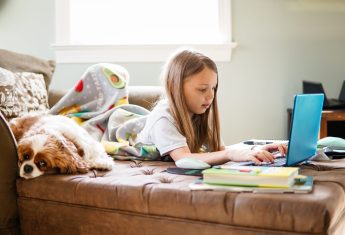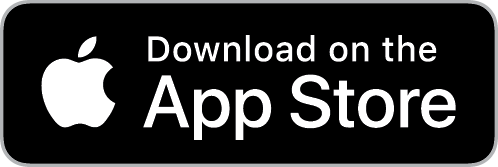Primary 5 - Second Level Numeracy
Online Numeracy Lessons for Primary 5 Students in Scotland.
Primary Five numeracy and mathematics lessons begin with place value to 10,000. Pupils learn to say what a digit is worth depending on its place value up to 10,000 and to order numbers up to 10,000.
We teach how to round numbers to the nearest 10 and 100. Pupils learn what it means to round a number and to round a number to the nearest 10 and 100.
Pupils learn reading and interpreting decimal numbers to one decimal place. They learn to say what a decimal is, to know what a decimal place is and to read and interpret a number to one decimal place.
We teach adding and subtracting numbers up to four digits mentally with rounding. Pupils learn what it means to round a number and can round a decimal number to the nearest whole number. They learn round a decimal number to one decimal place. We teach pupils to say what rounding means, to estimate to give an approximate answer and to add and subtract numbers mentally with rounding.
They learn to add and subtract four-digit numbers using the vertical written method.
They learn to add and subtract four-digit decimal numbers - money - using the vertical written method.
We teach how to multiply a sum of money by a number and how to divide a sum of money by a number.
Pupils learn to identify basic fractions and can say what a fraction is and what a numerator and denominator is. They learn to say what fraction of a shape is shaded and unshaded.
We teach what an equivalent fraction is and how to follow the rules to find equivalent fractions.
We teach how to find the fraction of a quantity.
Pupils learn the connection between notes and coins. They learn what coins are used in British currency. They learn what notes are used in British currency and how notes and coins are connected.
Our time lessons continue with reading the 12- and 24-hour clocks. Pupils learn how to tell the time using both the 12- and 24-hour clocks.
Pupils learn to say how long an event lasts by calculating time intervals.
They learn to interpret and use a calendar and to find key dates and events in a calendar.
Measurement lessons continue by teaching to measure using centimetres and millimetres. Pupils learn to convert between units of length.
We teach what a perimeter is and how to find the perimeter of a shape.
Pupils learn to find the area of a rectangle by counting boxes and to use the formula length x breadth to find the area of a rectangle.
We teach the formula for finding the area of a right-angled triangle. Pupils learn to use the formula ½ (LxB) to find the area of a right-angled triangle.
We teach the properties of 2D shapes. Pupils learn what 2D means and identify the properties of 2D shape.
Pupils learn to define triangles by knowing their properties: length of sides and size of angles.
We teach the parts of a circle. Pupils learn what the different parts of a circle are and can label a circle, naming its parts. They learn what the relationship is between the diameter and radius of a circle.
We teach angles, symmetry and transformation. Pupils learnt what symmetry is and identify lines of symmetry. They learn to make patterns symmetrical over more than one line of symmetry.
They learn say what an angle is, recognise angle types by their size and name them correctly.
We teach the eight-point compass and its angles. Pupils learn the points of the eight-point compass. They learn what clockwise and anti-clockwise mean. They learn what the distance is between the points of the eight-point compass and work out in degrees the distance between the different points of the compass.
We teach finding and plotting points on a co-ordinate grid. Pupils learn what co-ordinates are and to accurately draw and co-ordinate a grid. They learn to find and plot co-ordinate points on a grid.
Our information-handling teaching continues with bar graphs. Pupils learn what a bar graph is, to extract information from a bar graph and to create a bar graph.


"It's bright and colourful, easy to read, and extremely easy to use unlike most textbooks or online learning websites" Daisy, S3 PupilSign Up & Learn Today

